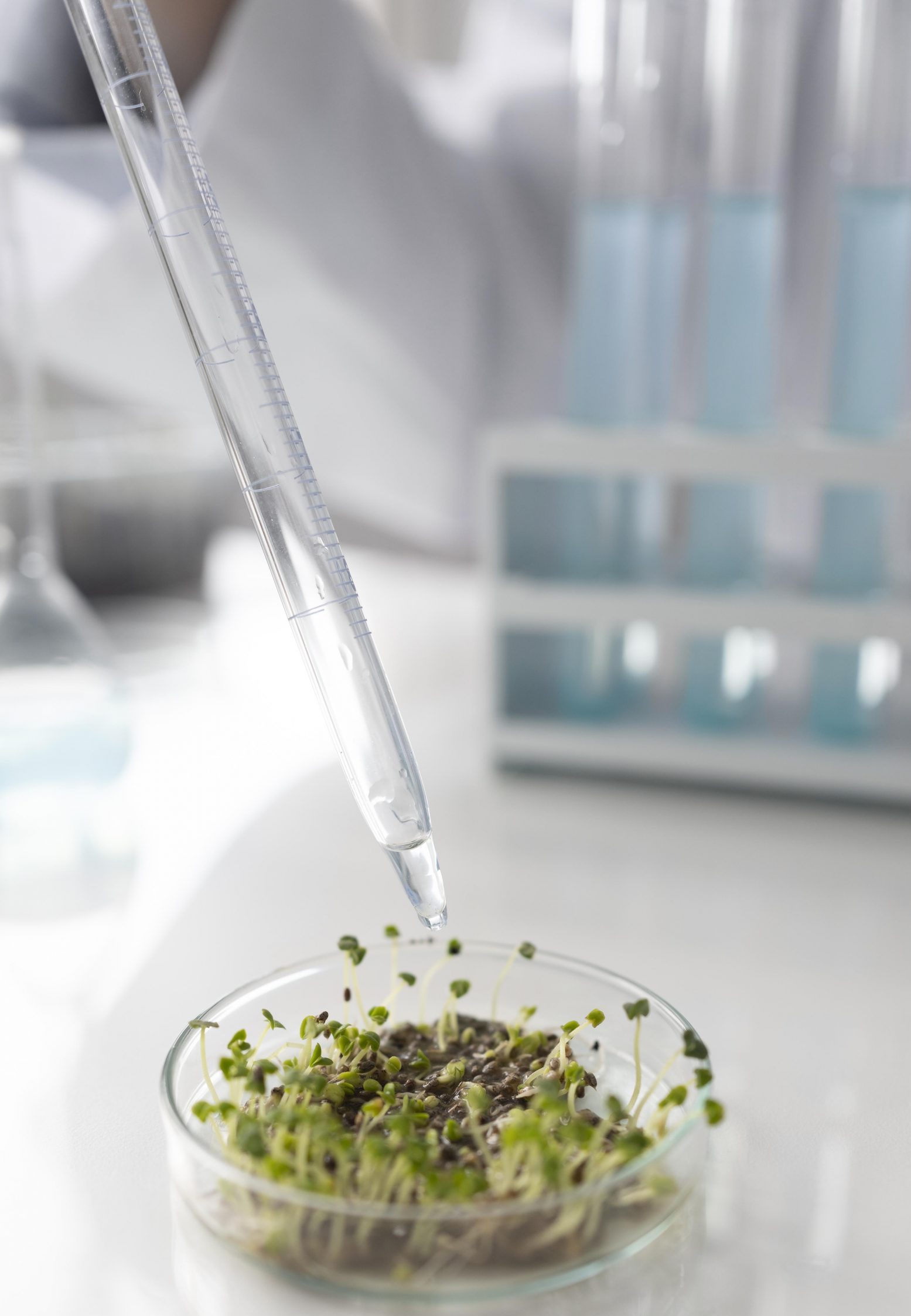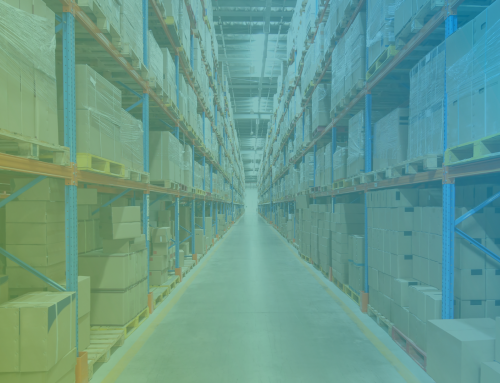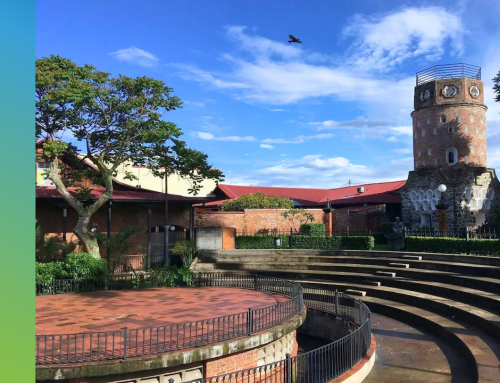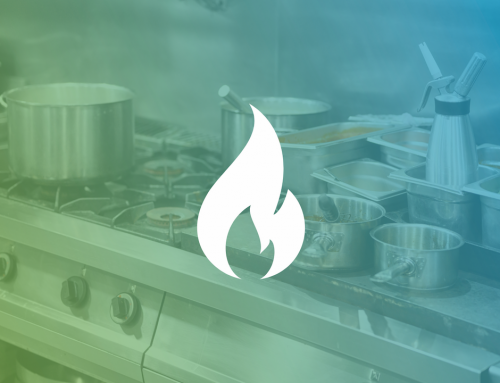Automation in industrial processes has been growing, and agriculture is finally entering the digital era by reinventing itself and evolving the way in which the products we consume are grown.
Automated farms provide food for millions of people today. Climate change, growing urbanization, changes in the soil and the scarcity of natural resources have pushed the productive market towards the use of advanced production technologies.
What are automated farms?
Food technology and agrotechnology seek to apply scientific knowledge to the design of tools that automate the processing and development of products, while guaranteeing quality and safety in consumption.
Automated farms perform different tasks with the help of technology, making the most of agricultural plots while reducing production costs, human work conditions and speeding up operations that could not be carried out manually with the same speed.
Productive Farms in Costa Rica
If you are interested in investing in automated farms in Costa Rica, here is the portfolio of properties with options within the entire national territory.
How is it achieved?
Currently, the tools that are incorporated into agricultural processes are varied. Farms can be partially or fully automated. They include from the use of different machinery, to laboratory work. The main objectives of the use of these technologies are:
- Improve the agricultural field as an engine of development
- Encourage competitiveness
- Promote coordination and cooperation between institutions
- Prioritize the sustainability of the territories
The use of agrotechnologies not only ensures productivity, but also determines the competitiveness of some producers over others, directly benefiting the economy of the producer. In general, agriculture and livestock are fundamental in the economy and development of societies, since they provide food and work to the population.
But the capacity of this technologies has generated an important change in the internal paradigm of small and medium-sized companies, achieving more productivity, efficiency and profitability in production processes.
Some examples of automated farms include; tractors and seeders with GPS, automated feeding systems for birds (meat and eggs), monitoring drones, telemetry systems (irrigation systems), ventilation systems in farms, automatic milking robots, automatic incubators, coffee drying chambers , among other.

Computers that grow food and 100% automated farms
The “agriculture of the future” proposes the existence of digitally controlled ecosystems, allowing different climates to be reproduced, varying characteristics such as humidity, temperature, carbon monoxide, hydrogen and other minerals, remotely.
The Food Computer project developed by researchers at MIT (Massachusetts Institute of Technology) creates environments suitable for growing plants in small spaces, in which digital systems control and monitor the growth of this plants inside these specialized chambers. This project is open to the public, so there are people already working with this technology around the world.
These “digital farms” don’t use soil but use hydroponics and aeroponics to control the climatic conditions inside the chamber and grow plants in artificial environments. They are 100% automated farms, because all the production work is done by artificial intelligence, although there is human supervision during all stages.
By predicting the future of a plant with computers, losses can be prevented by reproducing only healthy plants, making agriculture more precise and safe. This market is growing rapidly, the chambers that are used today can simultaneously produce 10 acres of product in 5m2 spaces, placing the structures vertically. In this way, aerial spaces are used in localities with little or non-existent agricultural land.
“It is a new reality: high technology is at the service of agriculture. Without a doubt, due to the speed of changes in automation processes, we will be witnessing a new dimension of agricultural productivity, not only maximizing resources and productivity, but also to minimize the loss of limited resources, time and waste in food production. Optimizing results has always been the motto of any agricultural project.”
Other advances
Other technologies developed by DiSTAP created sensors to know the plant; this means that not only external factors are controlled, but through these sensors, the growth and possible development of a specific plant is known, through the chemical changes of the leaves or the color of the stem.
There are large “indoor farms” that seek to revolutionize food production, growing more than 80,000 productive plants in a small space, generating harvests in less than half the time of traditional agriculture.
With the help of artificial intelligence and robots, agriculture is expected to be fully automated within 30 years, being able to feed billions of people without depleting the environment’s natural resources.
NASA has managed to use satellites that identify water, soil and humidity problems, before crops are ruined; being able to prevent losses of food and productive land. For example, in grass fields for cattle and sheep in Australia and even in the productive lands of Africa, which provide approximately 70% of the total food consumed in the world.
The use of artificial intelligence in agriculture means an important paradigm shift in our diets and consumption habits. Although there is still a long way to go, current technologies seek to satisfy both demand and the needs of producers. Whether it is a partially or completely automated farm, current technological tools allow you to maximize profits, reducing production time and cost.
If you want to invest in a productive farm, do not hesitate to contact our specialized office: Nativu Farms.







